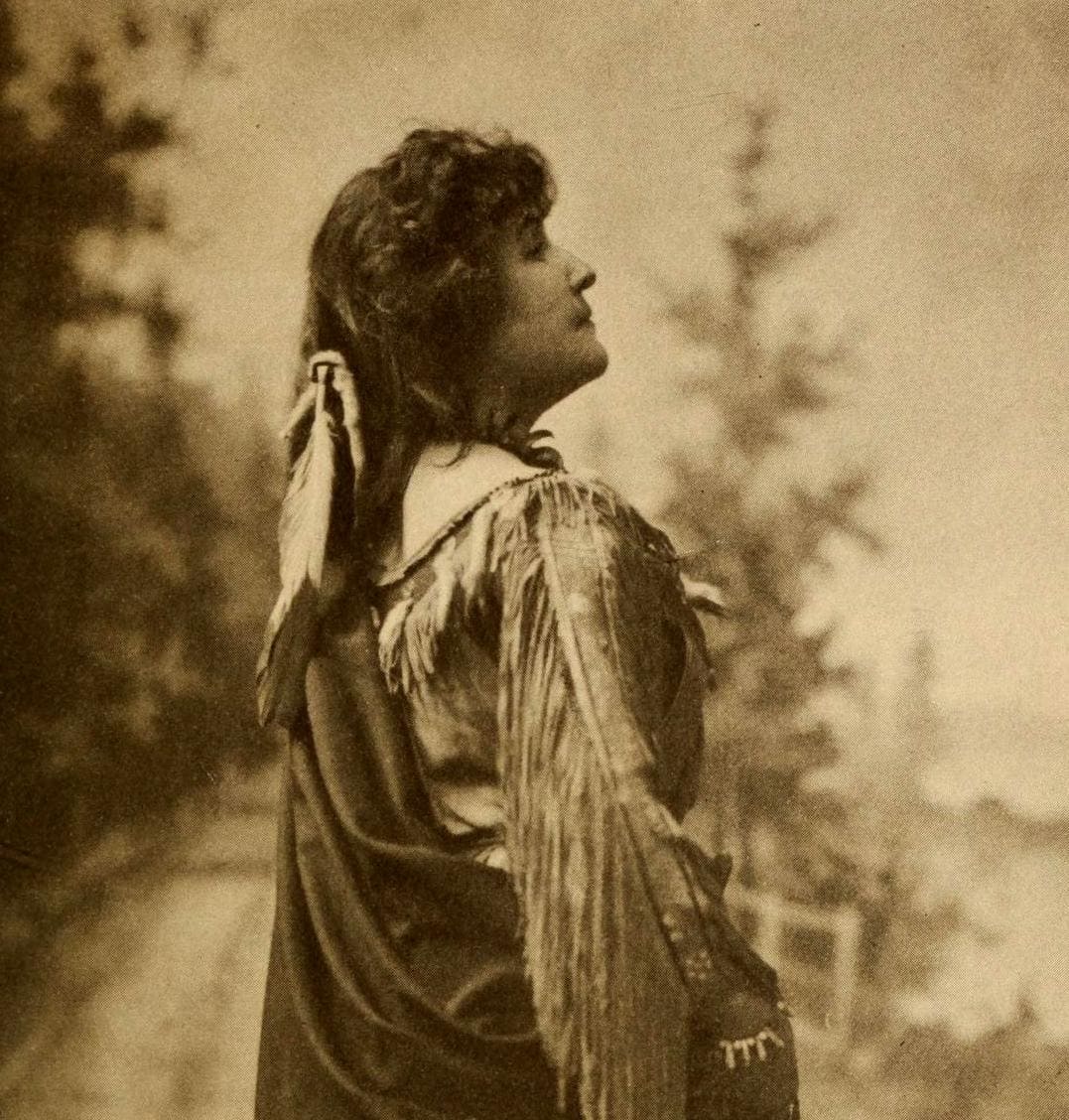From working a radio telescope on the summit of a Hawaiian volcano, to opening the first cupcake bakery in Northern Ireland, and now, mastering the art of packaging right here in Canada, Sarah Landstreet is the human equivalent of a Swiss army knife—equipped with the tools for success and ready for whatever the world throws her way.
Sarah is the founder and CEO of Georgette Packaging, a homegrown Canadian company that helps businesses navigate the design, manufacturing and marketing of customized packaging. Their goal is to keep customers educated and environmentally conscious, while also encouraging them to have fun and, quite literally, think outside of the box.
Fuelled by a curious mind, Sarah’s journey to the printing press is decorated with her explorations in a variety of industries. By training, she’s a mechanical engineer and has worked with the California Institute of Technology, as well as with two environmental consulting companies in the UK, where she was responsible for lessening the carbon footprint of new and refurbished building projects. But, despite her success, Sarah’s career was lacking the on-site experience and face-to-face interactions that she so often craved. So, noticing the booming trend of American cupcake bakeries in the UK at the time, she quit her job and, on a whim, opened a bakery of her own in 2008.
“I was really interested in the business side and the marketing aspects of it … baking was the one small thing I had to figure out how to do in order to run this bakery business,” she says with a laugh.
Baking, believe it or not, was the easy part. The hard part was an unexpected hurdle and a growing frustration for bakery owners everywhere: packaging.
“It was really easy to get things like branded business cards, a website, a logo, branded stickers, but packaging was still this aspect of the food business that, although clearly so incredibly vital, people would ask, ‘Where do I go? Do I have to call China? Do I need to get one million units?’” she says. “No one seemed to have a clear idea. So there was a ton of very similar, unbranded packaging, and as the market became more and more competitive, it was impossible to differentiate.”
Cue the inception of Georgette Packaging, which was Sarah’s way, as she says, to connect the old-school, opaque packaging industry with the hoards of rapidly growing food businesses.
Although now a team of seven people, Georgette was a solo endeavour for the first year and a half of operation. Sarah split her time between sales and manufacturing, learning all facets of the biz, from negotiating with suppliers to (wo)manning the print machines.
“About 70 percent of disposable packaging is made for the food industry,” Sarah says, so that is who she initially targeted—bakeries, cafes and specialty shops that were keen on distinguishing themselves from the pack. Now, she’s expanded to work with hotels, athletic brands, and cannabis companies, among others. Regardless of their background, however, the first step is educating her customers on their options, with the primary goal of staying as environmentally friendly as possible.
“Disposable packaging is a huge problem, we know that,” Sarah says. “It has positives because it helps businesses grow, but on the flipside, it is disposable, so there’s a lot of energy being used for something that’s just being thrown away. We feel, as a player within the industry, that we have a much bigger responsibility to try to help people make more thoughtful choices.”
In terms of choices, there really are only a few when it comes to material—two of them being the standard white or kraft (brown) cardboard boxes. “What you might not know is that, while the two of them may seem like regular cardboard boxes—white versus kraft—the white box actually takes seven times more energy to manufacture than an equivalent kraft box,” she says. “Another thing you might not know is that if the boxes come from China, they often have this very thin plastic lamination that goes on the outside of the box … You can’t really tell it’s there, but it makes the box non-recyclable.”
As there is no current regulation for how these materials are labelled, many people mistakenly throw plastic-lined boxes into their blue bins, essentially contaminating the recycling system. So, educating her customers is a task that reaches even beyond choosing materials to ensuring that businesses are also considering their package labels and their on-site waste facilities. Georgette is also in the process of launching new initiatives for greener options, such as a carbon neutral program and garden-compostable bagasse packaging.
In a way, Georgette Packaging has pulled together Sarah’s diverse set of interests in engineering, entrepreneurship, food, and most importantly, sustainability. Now a master of many trades, her success is a testament to taking risks and exploring the unfamiliar.
“When an industry is set up in such a traditional way that they’ve always had the same types of people running it and they’ve always run it in the same type of way, there are a lot of opportunities there for fresh eyes, questions, and new ideas,” she concludes. “Show up, own it and always be yourself.”


